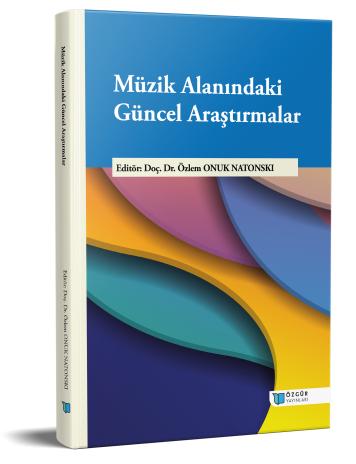
From the 19th Century to the Present The Traces of Musical Nationalism
Chapter from the book:
Onuk Natonski,
Ö.
(ed.)
2025.
Current Research in Music Education.
Synopsis
Nationalism in music has been one of the most contested phenomena in art history from the nineteenth century to the present, encompassing both aesthetic and socio-political dimensions. The musical representation of national identity was not confined to the personal choices of composers, but was shaped in direct interaction with the political climate of the period, social movements, and processes of cultural memory. Nationalist tendencies, which emerged in the Romantic era through the incorporation of folk melodies, functioned as aesthetic instruments of nation-building across diverse geographies. In particular, the works of Czech, Russian, Scandinavian, and Balkan composers employed national motifs as vehicles of identity construction, thereby offering an alternative orientation to the Eurocentric musical canon. In the twentieth century, modernism, the avant-garde, and processes of globalization redefined the concept of nationalism in music, at times as an aesthetics of resistance and at other times as a recontextualization of cultural heritage. Today, musical nationalism endures not merely as a historical phenomenon but as a framework for reconsidering identity, belonging, and cultural diversity. On the global stage, the integration of national elements into genres ranging from electronic music to contemporary symphonic works continues to stimulate debates on authenticity, cultural representation, and aesthetic pluralism. In this context, examining nationalism in music within its historical trajectory is essential not only for understanding composers’ stylistic orientations but also for situating musical practices within their ideological, cultural, and aesthetic dimensions. This study seeks to trace the manifestations of nationalism in music history, thereby illuminating the aesthetic and socio-cultural transformations that extend from the nineteenth century into the present.

